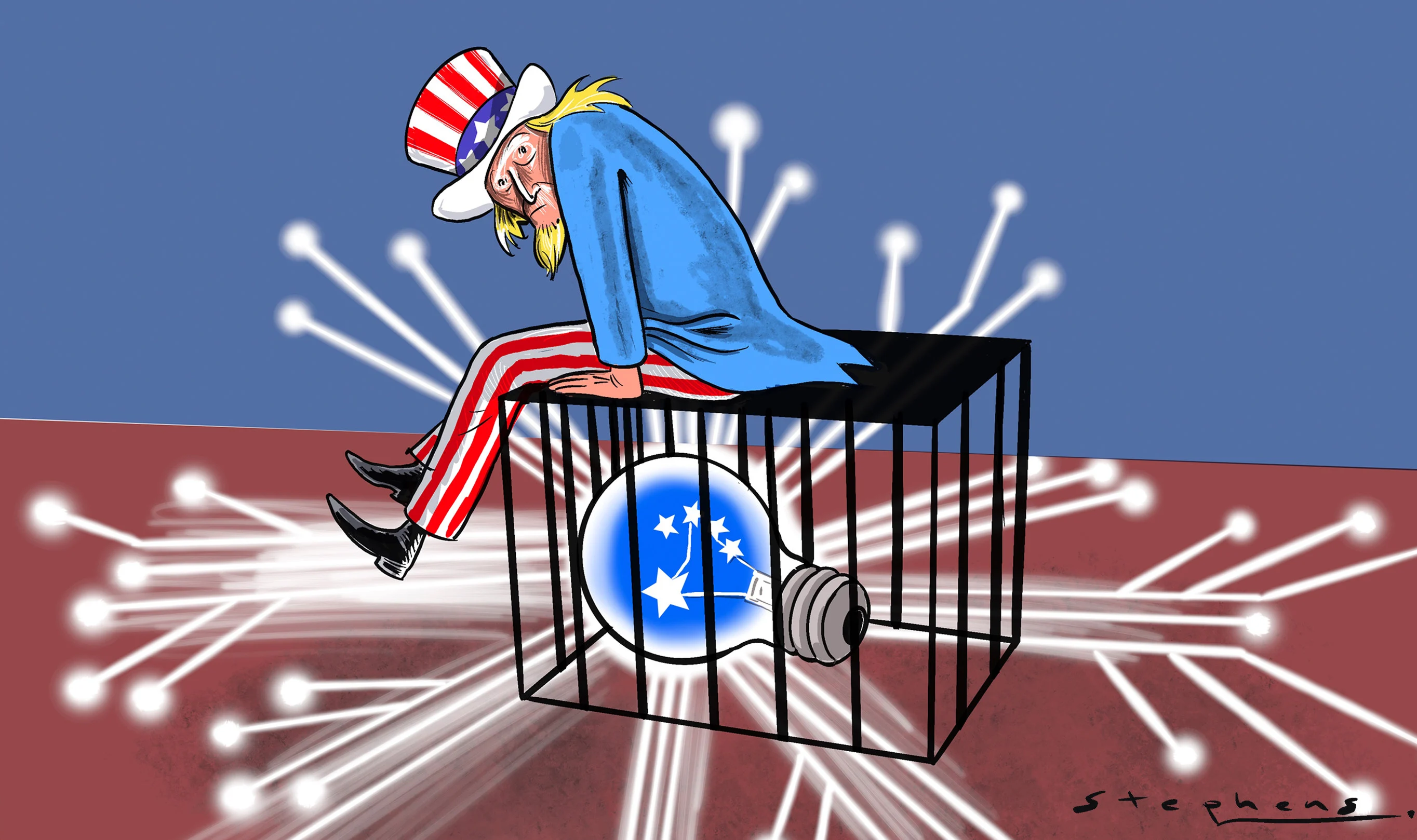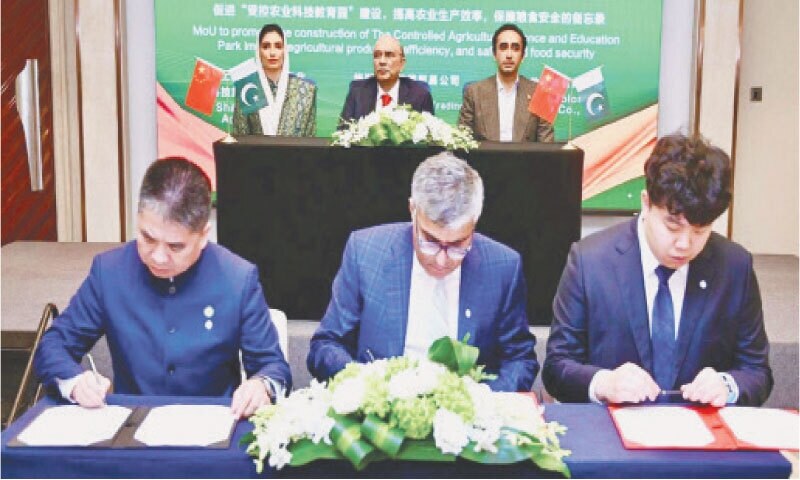By Jianlu Bi
Copyright scmp

The United Nations’ latest Global Innovation Index shows more than just a shift in rankings; it’s a strategic wake-up call. For the first time, China broke into the top 10 most innovative nations, displacing Germany, Europe’s industrial titan. This achievement, fuelled by massive government and corporate investment in research and development, is a testament to China’s drive towards technological self-sufficiency.
It also exposes a profound paradox. While the United States has spent years trying to contain China’s technological rise, its efforts are not only failing but are also undermining global innovation and America’s own long-term interests.
For years, Washington has pursued a policy of tech decoupling from China, a strategy rooted in a zero-sum perception of national security and economic dominance. The playbook is well known: targeted export controls on critical technologies such as advanced semiconductors, the blacklisting of leading Chinese firms and a concerted effort to sever supply chains.
The rationale is simple. By denying China access to key components and know-how, the US could cripple its rival’s ability to compete in next-generation fields such as artificial intelligence, quantum computing and 5G.
But both the UN innovation ranking and a closer look at the data reveal the futility of this approach. Instead of stifling Chinese innovation, American pressure has catalysed it. Faced with external restrictions, Chinese companies and research institutions have doubled down on domestic development, funnelling massive resources into domestic R&D.
China dramatically increased its R&D spending to more than 3.6 trillion yuan (US$506.19 billion) in 2024, a figure that positions it as the world’s second-largest R&D spender.
This investment is translating into tangible results. According to data released by the World Intellectual Property Organization on March 17, China remained the top source of patent applications in 2024. Huawei was the top filer globally, with other tech firms such as BOE Technology also ranking among the top 10, demonstrating China’s innovative strength and continued leading role in intellectual property.
Beyond the numbers, these innovations are gaining real-world traction. As a recent Reuters report highlighted, foreign investors who were once wary of China are now returning, drawn by its tech opportunities and the need to diversify beyond US assets.
These investors are undeterred by trade wars or tech bans. Instead, they are encouraged by China’s tangible progress in key fields such as artificial intelligence, semiconductors and drug development. This return of capital to a US$19 trillion stock market, which was once called “uninvestable”, shows the US containment strategy has not crippled Chinese innovation.
Progress is also being made with product-level innovation. China is not just copying; it now leads the world in key consumer and industrial technologies. From its dominance in the electric vehicle market to its widespread adoption of advanced fintech solutions such as mobile payments, China is setting global standards.
Its expertise in building and operating high-speed rail networks is now being exported as a model of infrastructure development for other countries. This is not a mere matter of technological advancement but a show of how a mature, self-reliant innovation ecosystem is capable of commercialising groundbreaking products at scale.
Washington’s strategy of suppression is not just ineffective; it’s a self-inflicted wound. By its very nature, innovation thrives on open exchange, the cross-pollination of ideas and the free flow of talent. When a nation builds walls, it risks isolating its own researchers and innovators from the global knowledge base.
Estimates suggest the US-China trade war has cost American consumers and businesses tens of billions of dollars annually. Simultaneously, the politicisation of academic exchange has led to a noticeable decline in the number of Chinese students enrolling in US STEM graduate programmes, shrinking a vital talent pipeline for American innovation.
Beyond the quantifiable economic and academic costs, the current climate of suspicion has a chilling effect on the very foundation of scientific progress. Researchers in both countries are increasingly hesitant to collaborate, fearing visa rejections, intellectual property-related accusations and professional repercussions. This erosion of trust jeopardises long-standing partnerships and stalls progress in complex fundamental research that benefits all of humanity.
Moreover, multinational corporations are being forced into a difficult position, having to choose between the world’s two largest economies. This has led to the costly and inefficient creation of redundant supply chains and separate R&D divisions, a fragmentation of global resources that makes no sense from a business or scientific perspective.
Consider the existential crises of our time: climate change, future pandemics and the ethical governance of artificial intelligence. These are global challenges that demand a collaborative, unified response. A breakthrough in clean energy technology in Beijing benefits everyone, just as a medical breakthrough in Boston would.
By politicising science and technology, we are hindering progress on these critical issues and squandering the opportunity to create a more prosperous and secure world for future generations. It is time for a strategic recalibration. Rather than suppress China’s innovation, a better approach is to work together in a constructive and collaborative manner. This requires moving beyond punitive actions and establishing a new framework for engagement.
The innovation index and the return of foreign investors to China are powerful signals that the world is changing. We have to face a simple truth: China’s rise is a fact to be acknowledged. Our shared future truly depends on a shared effort. We can keep walking down a road of mutual distrust and stagnation, or we can recognise that the biggest breakthroughs of this century will come from bridges of cooperation, not isolated silos.



